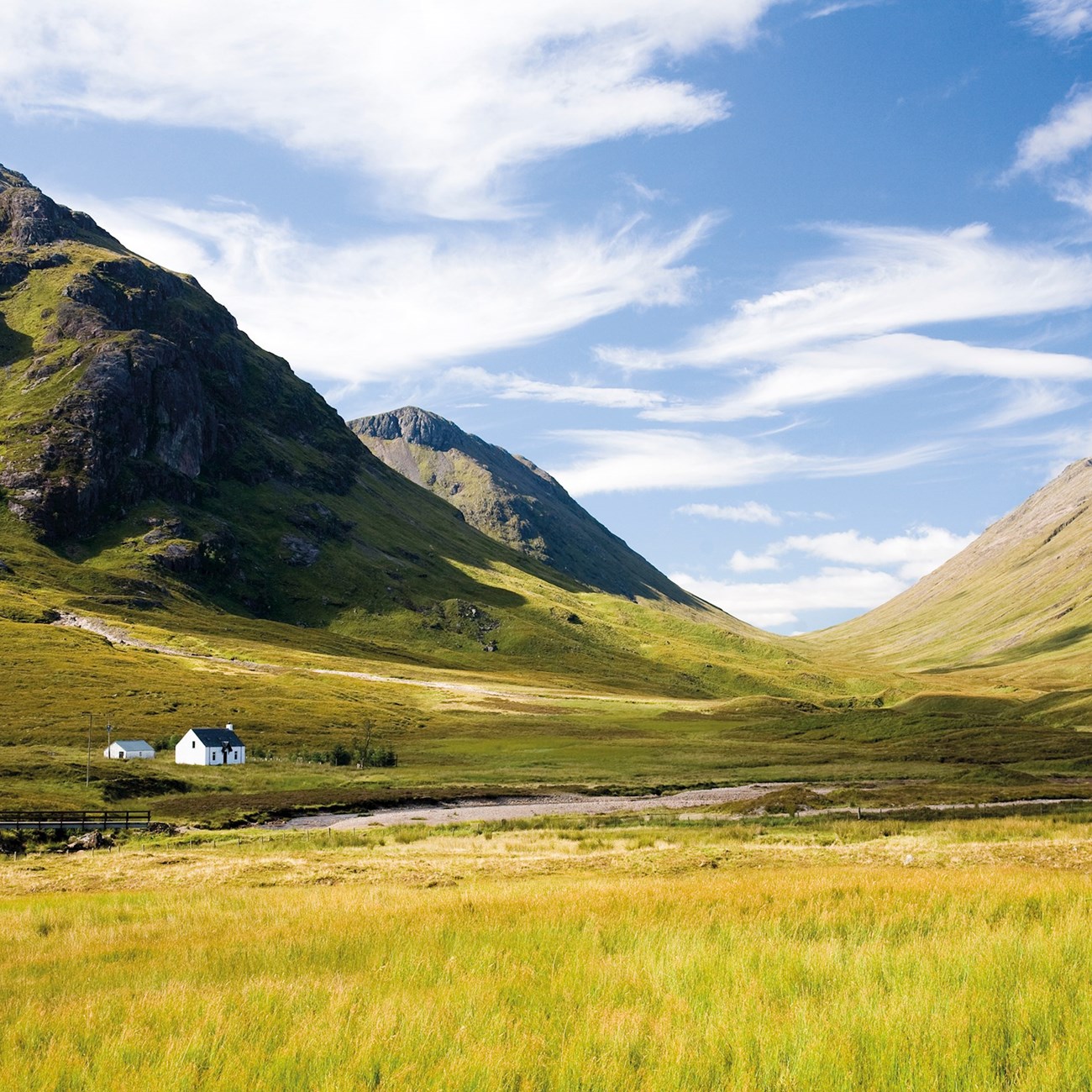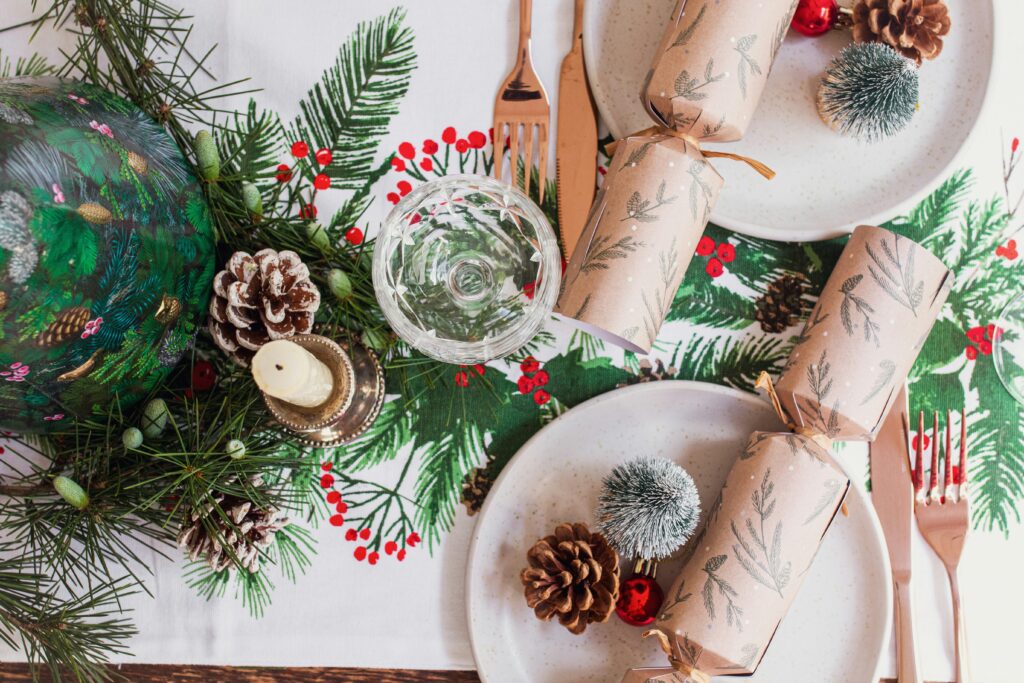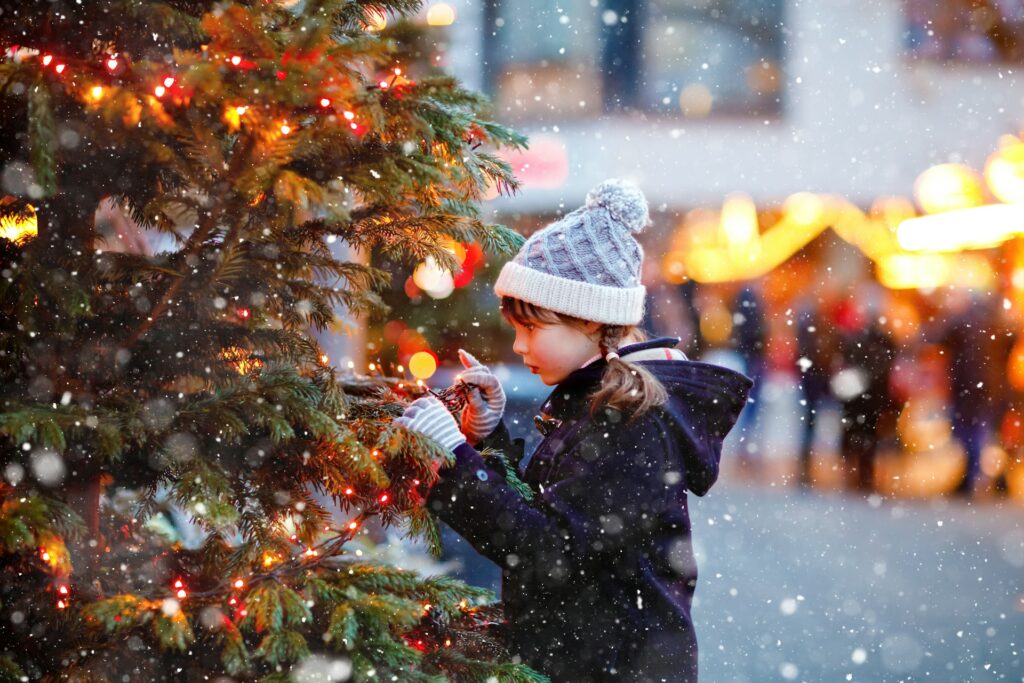Discover the Traditions of Hogmanay, the Scottish New Year
In Scotland, New Year’s Eve is more than just a party. It’s an iconic celebration known as Hogmanay. Celebrated on December 31, Hogmanay comes with ancient traditions and pagan rituals that have been passed down for centuries. From first-footing and fire rituals to saining and singing Auld Lang Syne, we invite you to take a look at the traditions of Hogmanay, the Scottish New Year.
To give us the insider scoop, we chatted with Jen Degnan, IV Social Media Lead, proud Scot and this week’s festive travel trivia expert. Feeling clever this festive season? Then test your knowledge with this week’s Travel Trivia game, clues to which you can find in this article.
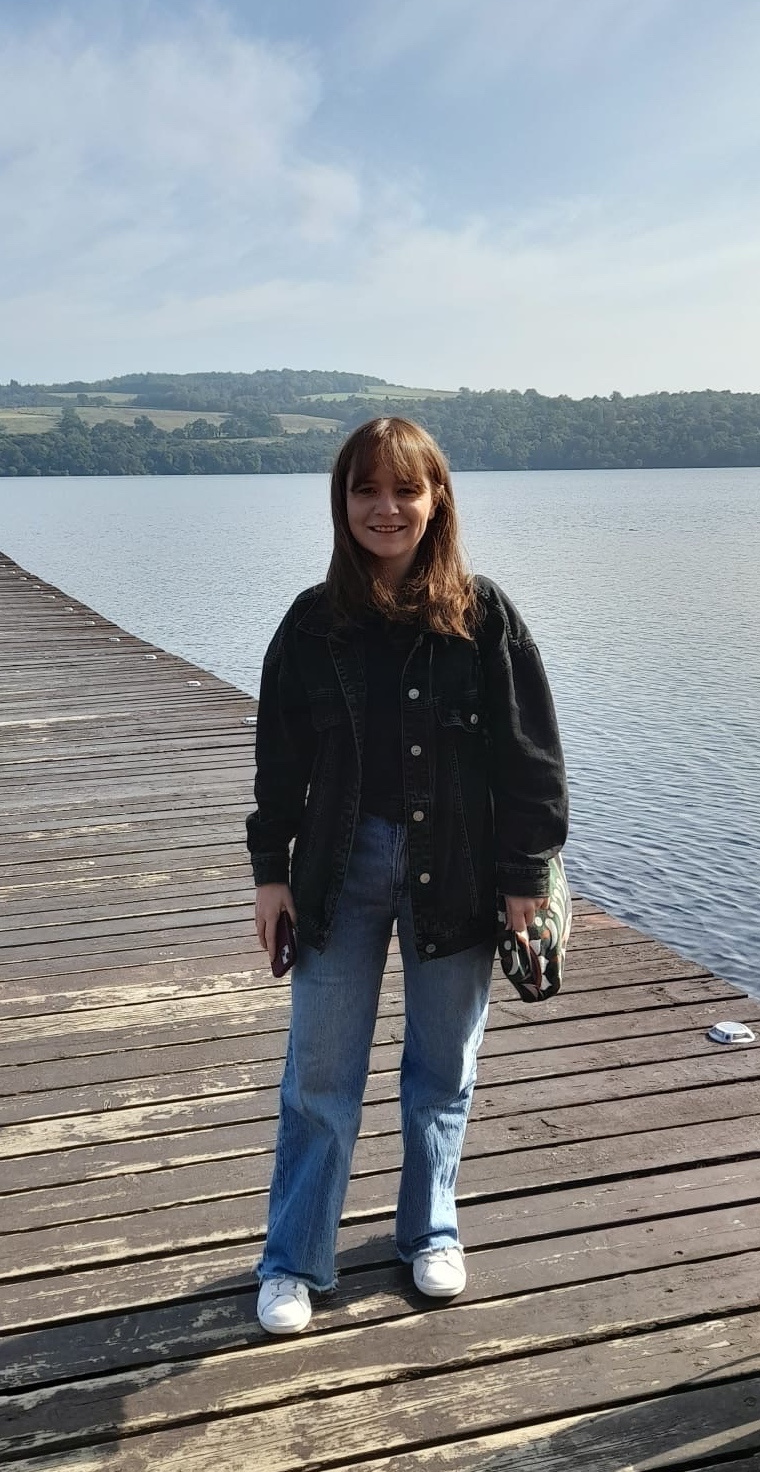
The Guinness Book of World Records lists ‘Auld Lang Syne’ as one of the most frequently sung songs in English.
1. Hogmanay should be on everyone’s bucket list
“Growing up near Glasgow, Hogmanay was a day we looked forward to almost as much as Christmas,” says Jen. “Our family tradition was always watching the countdown and the bells on television and at midnight we’d have shortbread and Irn Bru while standing on our doorstep to see the fireworks. I always dreamed of going to the legendary Hogmanay street party in Princes Gardens in Edinburgh and that’s still on my bucket list!”.
“For Scots, Hogmanay is as much a celebration of our culture and history as it is the New Year, which makes it different from New Year’s celebrations elsewhere.”
2. New Years’ traditions: cleaning up and clearing out
“While Hogmanay is a New Year’s celebration, the traditions start well before December 31,” she continues. “As part of the preparations for the new year, there are several rituals to carry out, such as cleaning the house and sweeping out of the fireplace. You should also try to clear all your debts before midnight on December 31, to symbolise a clean start in the new year.”
3. What is Hogmanay?
The origins of the word “Hogmanay” are believed to stem from various influences. One theory suggests it derives from the French word “hoginane,” meaning “gala day,” possibly brought to Scotland by Mary Queen of Scots in 1561. Alternatively, it may come from “hoguignetes,” gifts exchanged during New Year’s in Normandy. Another French connection is the Gaelic phrase “oge maiden,” meaning “new morning,” linked to “Homme est né,” or “man is born.”
Additionally, the Scandinavian term for Yule, “hoggo-nott,” is relevant, considering the celebration’s prominence during the Norse rule in Scotland. There’s also a possibility of Flemish origins, with “hoog min dag,” meaning “great love day,” reflecting the significant Flemish immigration to Scotland between the 11th and 17th centuries. Lastly, the Anglo-Saxon phrase “haleg monath,” meaning “holy month,” was likely introduced as the Anglo-Saxons settled in Scotland. Today, Hogmanay represents Scotland’s unique New Year celebrations.
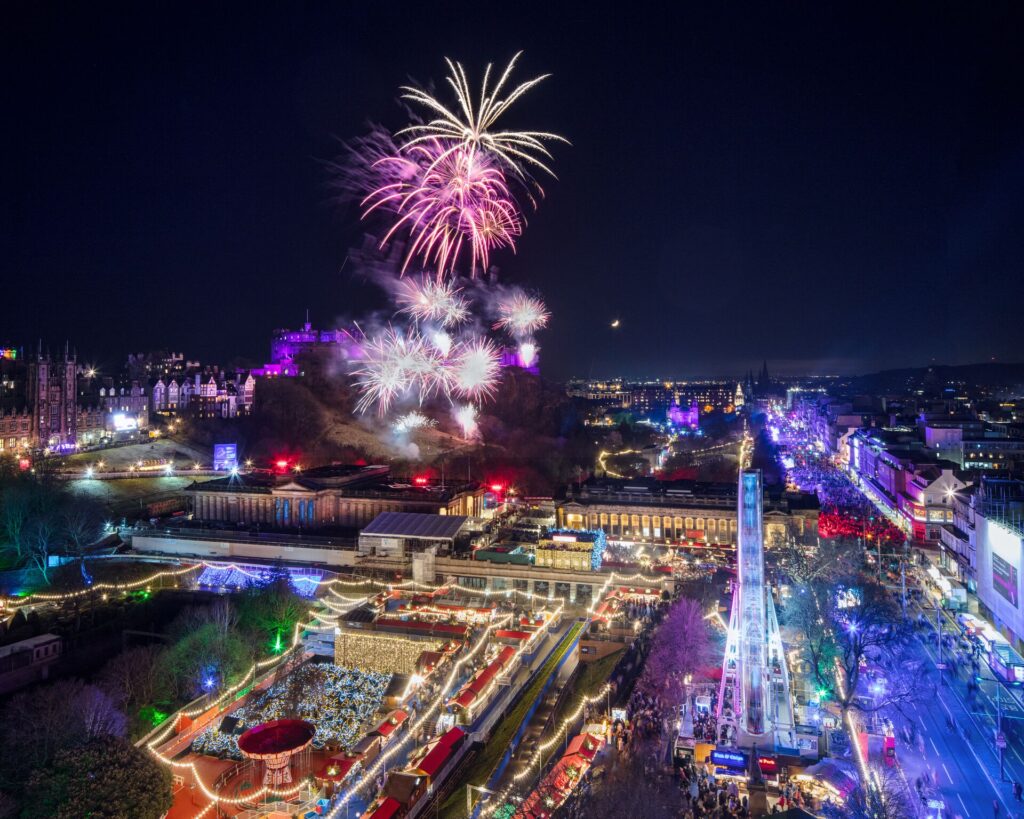
4. First footing
First footing is one of the most common Hogmanay traditions. When the clock strikes midnight on December 31, people across Scotland start heading to the homes of their loved ones to be the first footer – the first person to enter the home in the new year. It’s said the first-footer sets the tone for the new year, so they’re always warmly welcomed with a dram of whisky.
It’s said that if a dark-haired man is the first-footer, you’ll have the best luck in the new year. This is because these men traditionally bore gifts of whisky, shortbread, coal and salt, which all symbolise prosperity. This stems from a time when Scotland was invaded by Vikings – so a light-haired man at your door meant trouble! The opposite – a dark-haired man – became a symbol of luck and success.
“Today, you don’t have to be a dark-haired man to be a first-footer. As long as you bring a gift, everyone is welcome,” explains Jen. Gifts are also symbolic and can bring good luck. Coal represents warmth, while salt represents health. Food is a common gift, like whisky, shortbread and black bun, a type of fruit cake. In Dundee, some people might bring a preserved herring, dressed in a crepe-paper skirt and bonnet.
5. Singing Auld Lang Syne
When the clock strikes midnight on New Year’s Eve, everyone stops to sing Auld Lang Syne, the beloved song of Scottish bard Robert Burns. “You might see revellers join hands in a circle while singing the famous lyrics,” says Jen. “You cross your arms over your chest at the last verse, without breaking hands with your neighbour. As the song ends, everyone rushes to the middle of the circle with hands still joined, ringing in the New Year.”
Save up to $3,000* per couple on your first Premium Tour
Plus receive latest offers, travel inspiration, and discover how your travels will make a positive impact. Together, WE MAKE TRAVEL MATTER®. Subscribe Now6. Fire ceremonies
Fire is a very important part of Hogmanay. Originating from Celtic pagan customs, the traditional Hogmanay ceremony involved people dressing in cow hides and running around villages while being hit with sticks. People would light bonfires and throw torches. They would also create smoking sticks, known as a Hogmanay, by wrapping sticks in animal hide and igniting them to create a smoke to ward off evil spirits.
“Today, there are many torchlight processions and firework displays paying homage to these fiery traditions,” says Jen. “In Edinburgh, the annual Torchlight Procession pays tribute to Celtic history. Thousands of people march through the city carrying flaming torches.”
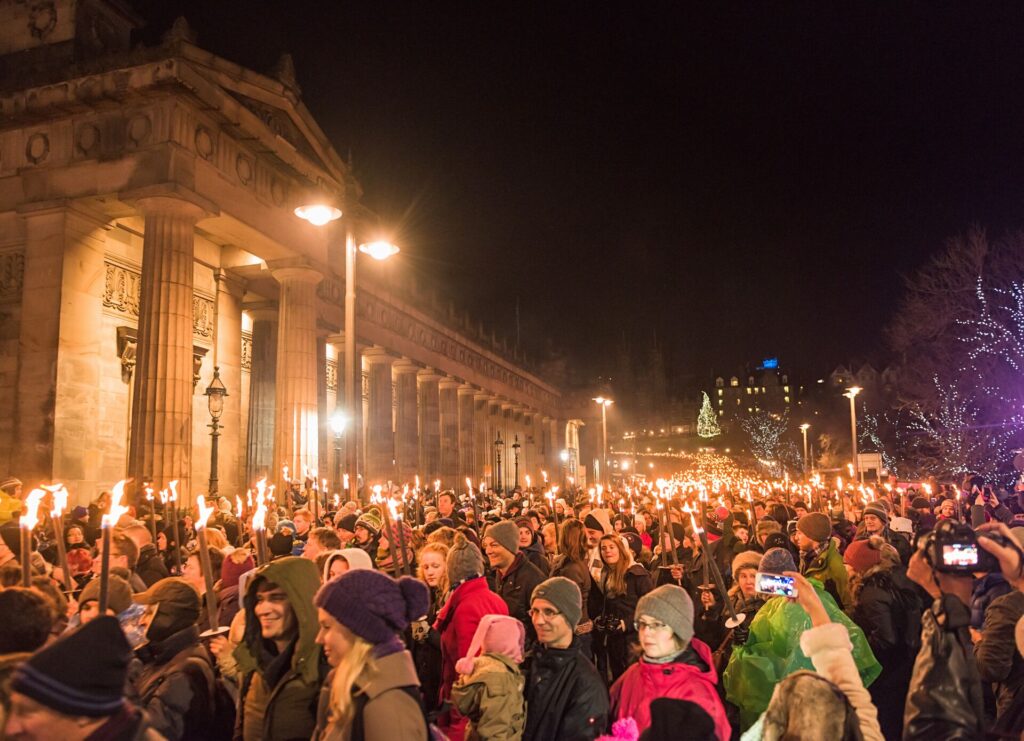
7. Variations of Hogmanay in Scotland
On the Isle of Lewes in the Highlands, boys and young men separate into groups and the leader of each wears a sheep skin while others carry a sack. The groups move to each house in the village, chanting a Gaelic rhyme. Each house gives the boys bannocks (fruit buns) for their sacks.
In Stonehaven, Aberdeenshire, men swing giant fireballs on long metal poles in a midnight procession up and down the High Street. After the parade, they set off fireballs into the harbour. This tradition is thought to originate from the Winter Solstice, when winging fireballs symbolised the power of the sun and ridding the world of evil spirits.
The traditions of Hogmanay may have ancient origins, but the Scottish have created a cultural legacy that proudly lives on.
To experience the best of Scotland in premium style, take a look at our collection of small group journeys. And why not try your hand at Insightful Travel Trivia?
LIKED THIS POST? SHARE WITH YOUR COMMUNITY
